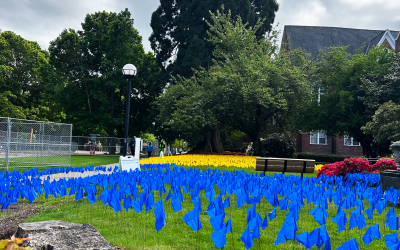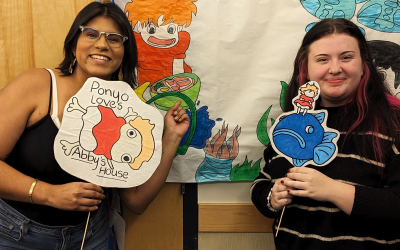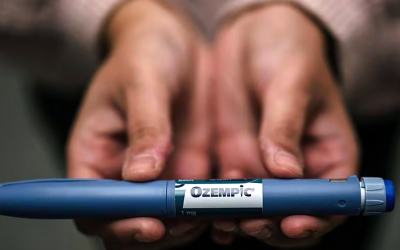Written by: Forest Schostalo | Freelancer The Psychology Peer Advising Center, PsychPAC, will hold a graduate school fair on May 21 in the Werner University Center. The event will run from 3:30 – 6:30 p.m. in the Columbia Room and will have at least 13 programs in...
News
AANHPI Month
Written by: Lili Minato | Freelancer The month of May celebrates Asian American, Native Hawaiian and Pacific Islander heritage. The celebratory month began its process of becoming federally recognized in 1977, when two members of the House of Representatives — Frank...
Holocaust memorial
Written by: Hannah Field | News Editor In commemoration of the lives lost in the Holocaust and violence tied to World War II, Western continued their annual tradition by placing thousands of flags along Monmouth Avenue from May 3 – 7. Western’s description of the...
ASL Club’s 30th birthday
Written by: Hannah Field | News Editor In celebration of Western’s American Sign Language Club’s 30th birthday, an anniversary party will be held in the Richard Woodcock Education Center May 17. Running from 6 p.m. to 8 p.m in room 101, the founder, co-founder and...
Funding Abby’s House
Written by: Lili Minato | Freelance On May 1, Abby’s House organized a “Ponyo” themed dinner and movie night. The event offered a ramen bar and a wide range of snacks and drinks, as well as a showing of the critically acclaimed Miyazaki classic of the same name. Fans...
Cicadas broods infected with Massospora fungus
Written by: Jaylin Hardin | Sports Editor In late spring and early summer across the south and midwest, two broods of cicadas, XIX and XIII, will be hatching simultaneously. Cicada broods typically hatch every 13 and 17 years — for brood XIX and brood XIII,...
Western’s boil water notice
Written by: Libby Thoma | Staff Writer On Wednesday, April 17, Western released an email stating that a water main break on campus affected the following buildings: Administration, The Cottage, ITC, Maple Hall, Campbell Hall, Bellamy Hall, Academic Programs Support...
Weight loss is an investment
Written by: Taylor Duff | Staff Writer Content warning: this article mentions suicide, self-harm and mental health struggles. Ozempic was approved in 2017 to help treat those who suffer from type 2 diabetes. The medicine works synergistically with the body’s...
He let the liquor talk
Written by: Michael Hager | Freelancer Morgan Wallen, 30-year-old country singer and songwriter from Sneedville, Tennessee, was arrested on Sunday, April 7. He was charged with three counts of reckless endangerment as well as disorderly conduct. Wallen reportedly...
Mental health’s toll on graduation
Written by: Libby Thoma | Staff Writer Content warning: this article contains mentions of mental health struggles. Mental health struggles may have major effects on the quality of life a person can achieve. Studies have indicated that college students with mental...











